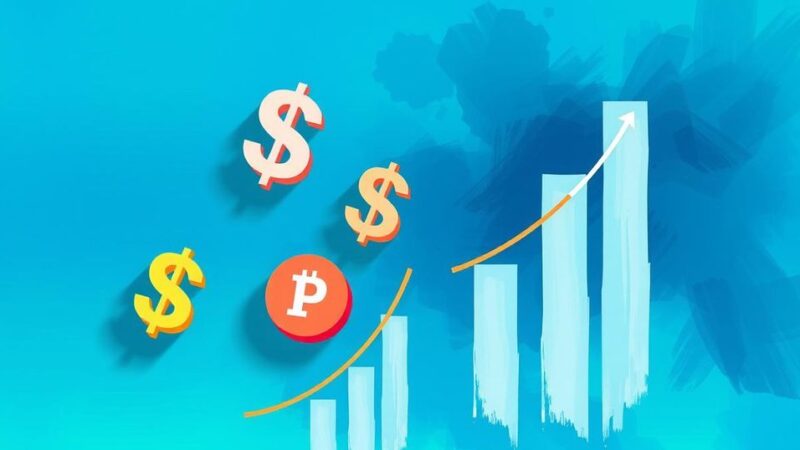In March 2025, Tunisia’s inflation rate increased to 5.9% from 5.7% in February, influenced mainly by higher prices in food, clothing, and household goods. Housing and utilities inflation decreased slightly, while transportation costs remained stable. Monthly consumer prices grew by 2.0% after a previous increase of 0.5%.
In March 2025, Tunisia’s annual inflation rate rose to 5.9%, an increase from 5.7% recorded in February. This uptick primarily stemmed from higher costs in several categories, notably food and non-alcoholic beverages which saw inflation rise to 7.8%, compared to 7% in February. Additionally, clothing and footwear experienced a significant increase, ascending to 11.7% from the previous 9.7%. Households reported a steady rate of inflation for household contents, equipment, and maintenance at 5.5%.
Conversely, the inflation associated with housing and utilities slightly decreased to 3.2% from 3.8%, with transportation remaining unchanged at 3.2%. On a monthly scale, consumer prices demonstrated a noteworthy rise of 2.0% in March, following a modest gain of 0.5% the prior month. Such fluctuations indicate underlying economic pressures that may influence consumer behavior and government policy moving forward.
The inflation rate in Tunisia has reached 5.9% as of March 2025, driven by rising costs in food, clothing, and household items. While certain sectors like housing saw a slight decline in inflation, the overall trend indicates significant consumer price increases that could have broader economic implications. Consequently, monitoring these developments will be crucial for understanding the future economic climate in Tunisia.
Original Source: www.tradingview.com






